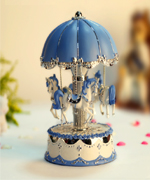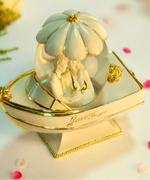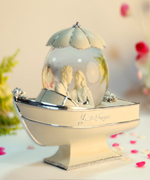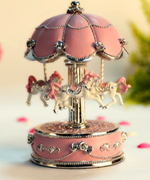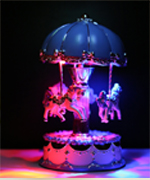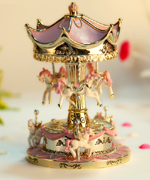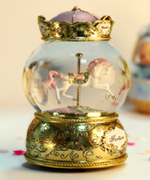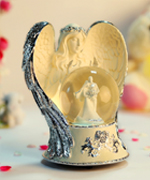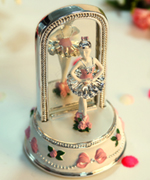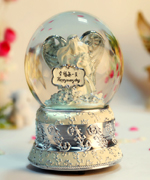Recommended Products
- 3horse carousel music box with led light
- 3horse rotating music box with RGB led light
- 100mm lover ship water globe music box-gold
- 100mm lover-ship water globe music box ideal for any gift-giving occasion and self-purchase.
- 100mm lover ship water globe music box
- 100mm lover-ship water globe music box
- 3horse carousel music box with led light
- 3horse rotating music box with RGB led light
- 3horse carousel music box with led light
- 3horse rotating music box with RGB led light
- 6horse carousel music box with led light
- 3horse rotating music box with RGB led light
- 120mm Rotating water globe music box
- These specially-designed items are perfect for any gift-giving occasion and they are the ideal self-purchase.
- 80mm water globe music box-silver
- 80mm water globe music box with large angel signs ideal for any gift-giving occasion and self-purchase.
Top articles
- Another factory has been build up
- kids gift wholesale
- Small gifts are also a big market
- Valentine's Day Gift U.S. per capita consumption is expected to reach $ 200
- Music box History
- Gift Presentation
Latest articles
- 2015 Hong Kong Mega Show
- Another factory has been build up
- 2015 Hong Kong Gifts and Premium Show
- kids gift wholesale
- Mega Show 20-23/10/2014
- Hong Kong Houseware Fair 20-23/4/2014
- What a gift
- Quality of Lerca music box is good, after-sales service of Lerca is also very perfect. It is trustworthy.
- Small gifts are also a big market
- Personalized custom gift into a trend
Your browsing history

Music box History
The original snuff boxes were tiny containers which could fit into a gentleman's waistcoat pocket. The music boxes could have any size from that of a hat box to a large piece of furniture, but most were tabletop specimens. They were usually powered by clockwork and originally produced by artisan watchmakers. For most of the 19th century, the bulk of music box production was concentrated in Switzerland, building upon a strong watchmaking tradition. The first music box factory was opened there in 1815 by Jérémie Recordon and Samuel Junod. There were also a few manufacturers in Bohemia and Germany. By the end of the 19th century, some of the European makers had opened factories in the United States.
The cylinders were normally made of metal and powered by a spring. In some of the costlier models, the cylinders could be removed to change melodies, thanks to an invention by Paillard in 1862, which was perfected by Metert of Geneva in 1879.[citation needed] In some exceptional models, there were four springs, to provide continuous play for up to three hours.
Music box using the metal disk system
The very first boxes at the end of the 18th century made use of metal disks. The switchover to cylinders seems to have been complete after the Napoleonic wars. In the last decades of the 19th century, however, mass-produced models such as the Polyphon and others all made use of interchangeable metal disks instead of cylinders. The cylinder-based machines rapidly became a minority.
Mechanical piano combined with strings. There are three violins each with only one string. Thus only tunes that do not require the missing fourth string can be played.
Information about "News center "
- Quality of Lerca music box is good, after-sales service of Lerca is also very perfect. It is trustworthy.
- Small gifts are also a big market
- Personalized custom gift into a trend
- Gift Plating
- Valentine's Day Gift U.S. per capita consumption is expected to reach $ 200
- Gift Presentation
- Gift Giving Occasions
- I wish to purchase a plastic snowdome for a small child; If she drops it, will it break?
- Can a snowdome be refilled?
- What is the snow in a snowglobe made of?





